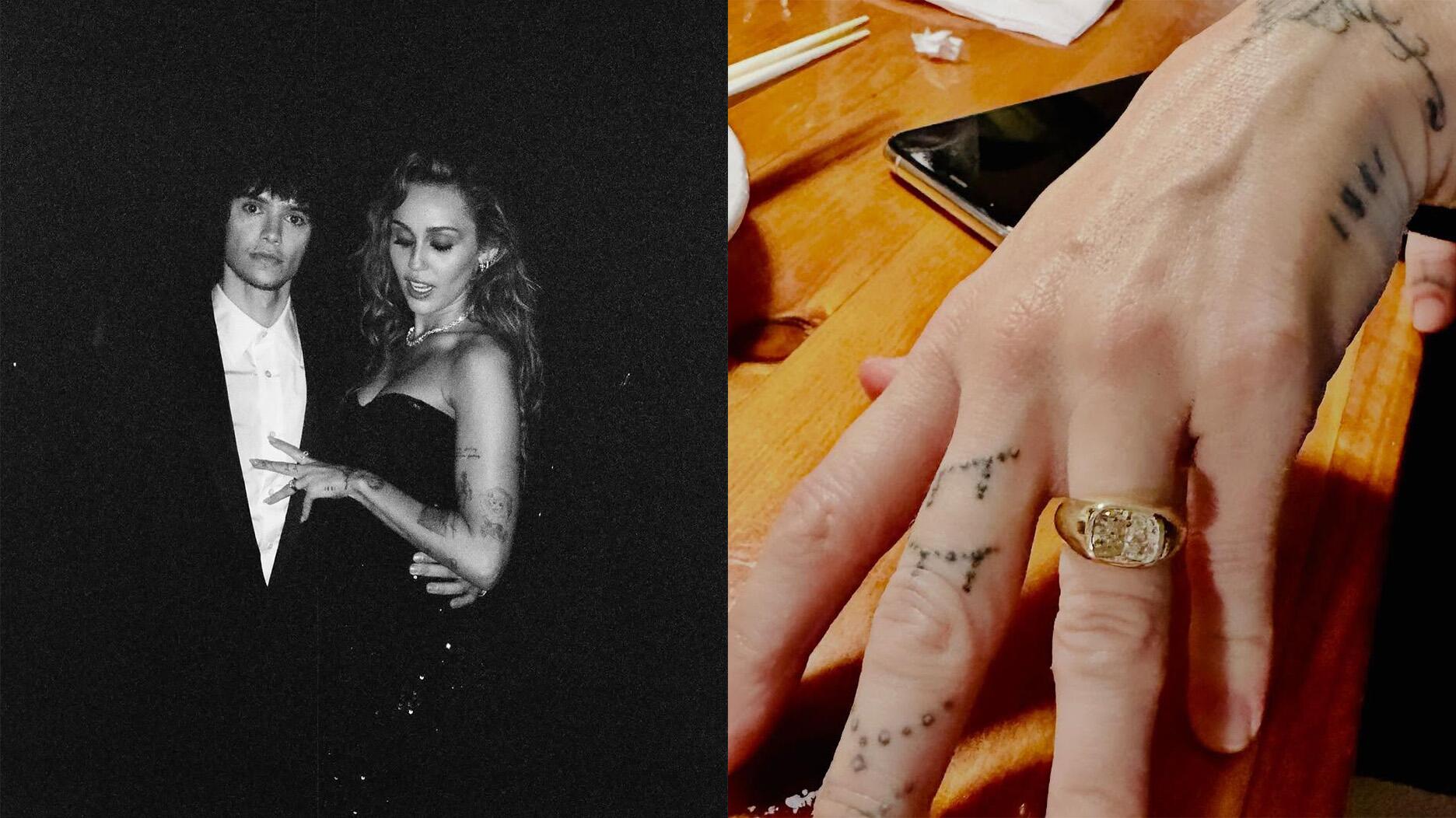The new pink sapphire version of the piece dances with its wearer in the brand’s “Icons After Dark” holiday campaign.
Designer’s Diary: The Consignment Crisis
In her latest diary entry, Jacqueline Stone examines the thorny issue of consignment from all sides.
Consignment seems to be the topic of heavy debate these days, casually making its way into conversations that quickly get heated.

The issue seemingly divides the jewelry industry into two camps. After doing a deeper dive on the subject, I started to wonder: Is consignment the subconscious reason for overall discord within the jewelry industry at large? Why is this tactic causing so much strife? And what can we all do about it?
Before we start to look at solutions, it’s always best to examine the situation at hand first. I did my best to reach out to both retailers and designers alike to gather their opinions.
Creative freedom
One thing that designers seem to love about consignment is the ability to create freely and not adhere to line sheets or merchandising plans. This sales strategy works out extremely well for artists who create one-of-a-kind work. As designer Cynthia Eid put it, “I make what I want to make instead of filling orders and that’s a lot more fun. Usually the store takes more (of my jewelry on consignment), and it creates a larger body of work in their store.”
A great point: Minimums at trade shows have been created to help the retailer and designer partner together to create a story. We all know customers don’t buy matchy-matchy anymore, but ironically still like to see a cohesive collection in the case line.
On the other end of the spectrum, some retailers prefer to stay away from consignment for it allows them to truly build their own brand aesthetic. Jeweler Tara Silberberg, owner of The Clay Pot in Brooklyn, does not consign from the majority of her artists.
“I find it really important to curate my collections and I need to have the freedom to merchandise what I know will sell, not what can be easily provided on consignment. Buying jewelry from my designers provides me with the ability to buy multiples to handle volume, allows me to take educated risks and most importantly helps my emerging designers with cash flow. It's really important to me to support the jewelry community and emerging talent.”
Entry roadblock
Speaking to both retailers and designers alike, everyone seems to agree: Entry into this market is at a huge standstill.
It’s
Bianca Lopez, owner of Bianca Lopez Studio of Jewelry Art and Design finds consignment disheartening as she mentors new students and craftsmen in New York City.
“What today is all about is capturing and holding the interest of the consumer. New undiscovered designers, with impressive and distinctive jewelry, are the goldmine of untapped revenue for retailers and consignment creates a barrier than many can’t cross,” she said.
Sia Maravelias, director of Quadrum in Boston understands that struggle, but realizes consignment is a valuable part of any business structure. “[Consignment] is a risky business. In the same regard, it is a risky business for the retailer who has huge overhead. The retailer is responsible for carrying the weight of, at times, a very large, expensive lease, sales associates’ salaries, advertising and promotional expenses. Even when no one walks through the door, the retailer is working hard to reach out to customers, create new opportunities for sales and promoting new work.”
It’s helpful to have Sia’s perspective as the jewelry store where she works is known for actually seeking and getting back to new talent. Her intent is not only to support her customers but also her artists.
Jewelry designer Todd Reed agrees: “It’s important if a designer is to use consignment, to do it in such a manner that will support both retailer and designer. New designers or experienced designers struggling to find reasonable distribution channels can get pied in the face by the promise of a healthy consignment door. Remember the un-turned inventory sitting on the books is still inventory even in someone else’s store. If consignment can work it’s good, but for a new or growing designer I think it’s a poor model to start with.”
The inventory issue
With the increasing cost of gold, many retailers have had trouble keeping up with inventory turn. Demand for product has increased steadily over the years, but not at the speed of the rising material costs.
Instead of having extra cash flow to discover new talent, most retailers are crushed with trying to turn pieces they’ve had in stock. Keeping product on consignment allows them to tackle this hurdle while still supporting emerging designers. Jewelry designer Alexis Barbeau, who is part of the CJDG, has had many years’ experience with the ups and downs of the economy and the lessons that have come with each cycle. She understands the give-and-take that needs to be established with her retail partners.
“If done right, consignment can be an extremely beneficial arrangement for both parties. If the retailer is responsible, approaches the exchange as a partnership and meets their end of the obligation, it can help you expose your work to a new audience and actually can increase sales in the long run,” she said.
It’s also extremely important to see the inventory issue from the perspective of a designer. If a designer is sending out the majority of their work on consignment, it ties up their cash flow to build new product and the new product development cycle is halted.
Leeorah Betan-Hartman from Lulu & Shay realizes the focus needs to fall on the importance of communication between each party.
“I have been in situations where an owner may fall in love with some of my more expensive pieces and ask them to stock them in their store on consignment,” she said. “I then need to trust that the retailer will truly understand their customer and knows what will sell, otherwise at the end of the season I will be stuck with stock of highly expensive goods that have been returned.”
Communication seems to be the much bigger lesson we could all benefit from as our industry is in trouble on both sides. The number of U.S. jewelers who closed their doors last year climbed 24 percent--not a good sign of things to come unless some serious changes are made.
Balance
As most of my previous articles can attest, I’m a big believer in balance. Shops that adhere to only one type of buying strategy are putting themselves and their talent at a disadvantage.
It should be noted that two reputable retailers I reached out to who only take work on consignment refused to comment for my article--perhaps they inherently understand that their model will only continue to run for so long before they need to implement a more balanced viewpoint.
In my opinion, consignment needs to be put back in its place: to be used only as a tool. If you aren’t buying any new inventory from designers, well I hate to break to you, but you are a part of the problem.
I’ve been fairly open and honest about my struggles through the years. Do I have a huge wholesale business? Absolutely not, and a lot of that has to do with the financial constraints associated with entry into market. Some retailers have said they won’t even look at a new designer unless they’ve displayed their wares at three to four trade shows. Who is fronting the money for that expense?
And just because a designer has only done one trade show thus far, does that make them any less talented? That is a huge risk that, unfortunately, new talent is expected to face and those like myself, without an angel investor or trust fund to cash out, have to build each collection organically and over time.
I started my jewelry journey in 2005 and I’ll be ready to start wholesale trade shows this year, 11 years later. Is that the experience that new talent had to go through in previous years? Perhaps.
The reality is that we are in a luxury business that is aesthetically challenged at the moment. While it’s true that established designers continue to push the envelope, it’s disheartening to watch new talent consistently water down their work in the hopes of building collections that sell. Even retailers have taken note. In many recent conversations I hear that they are “bored” and there is “too much of the same.”
I ask each jeweler to serious consider a massive spring cleaning.
What has been sitting in your inventory in the back room or safe for more than five years that is just taking up space and has no sentimental value? What can be melted down for cash flow increases? When was the last time you made a new designer’s day?
And to the designers I say much of the same. Are you truly treating your retailers as partners rather than a separate team? What are you doing to help them with their inventory constraints? Are you able to restock your product line at reasonable fees to give the store more variety each season? Do you have an annual budget devoted to consignment?
And to both, I ask them to consider trunk shows. It’s an excellent way to try out someone new and see in real time how your audience reacts to his or her work. Even if it doesn’t work out you’ve created an event that is worthy of both your customers’ attention: You’re trying something new.
Jacqueline Stone has a background in finance, marketing, advertising, product development, fine jewelry manufacturing, design and sourcing. She currently is the chief creative officer of her company, Salt + Stone, working primarily with private clients to build custom engagement rings and wedding bands. Stone can be reached at shine@saltandstone.com.
The Latest

The manufacturer’s holiday campaign features a gift guide filled with trending designs and jewelry that can be personalized.

The man was charged with theft, accused of ingesting the necklace while in a jewelry store in Auckland, New Zealand.

How Jewelers of America’s 20 Under 40 are leading to ensure a brighter future for the jewelry industry.

The Florida independent expanded its store from 8,000 to 14,000 square feet, fulfilling the vision of its late co-founder, Jim Dunn.


Sponsored by De Beers Group
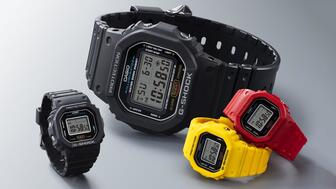
The classic 5600 series G-Shock has been scaled down to about a tenth of its size, becoming a fully functioning watch ring.

Roseco’s 704-page catalog showcases new lab-grown diamonds, findings, tools & more—available in print or interactive digital editions.

The association’s annual conference and gala will take place Feb. 4, 2026, during the Tucson gem shows.

The January show will include a workshop for jewelry retailers on implementing AI to strengthen their businesses.

The retailer, which sells billions in fine jewelry and watches, is suing the Trump administration and U.S. Customs and Border Patrol.

Black Friday is still the most popular shopping day over the five-day holiday weekend, as per the National Retail Federation’s survey.

The historic egg, crafted for Russia's ruling family prior to the revolution, was the star of Christie’s recent auction of works by Fabergé.
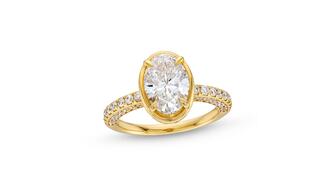
The retailer offered more fashion jewelry priced under $1,000, including lab-grown diamond and men’s jewelry.

The eau de parfum is held in a fluted glass bottle that mirrors the decor of the brand’s atelier, and its cap is a nod to its “Sloan” ring.

Vivek Gadodia and Juan Kemp, who’ve been serving as interim co-CEOs since February, will continue to lead the diamond mining company.

In addition, a slate of new officers and trustees were appointed to the board.
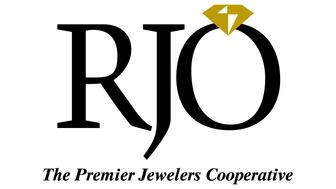
Witt’s Jewelry in Wayne, Nebraska, is the organization’s new milestone member.

Laurs is the editor-in-chief of Gem-A’s The Journal of Gemmology and an expert on the formation of colored gemstone deposits.
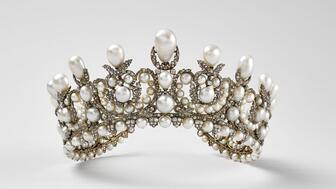
The man, who has a criminal history, is suspected of being the fourth member of the four-man crew that carried out the heist.
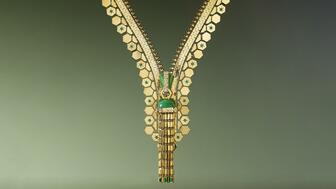
The single-owner collection includes one of the largest offerings of Verdura jewels ever to appear at auction, said Christie’s.
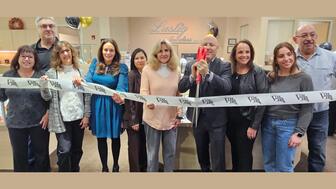
Michael Helfer has taken the reins, bringing together two historic Chicago jewelry names.

The guide features all-new platinum designs for the holiday season by brands like Harwell Godfrey, Ritani, and Suna.

During its Q3 call, CEO Efraim Grinberg discussed the deal to lower tariffs on Swiss-made watches, watch market trends, and more.
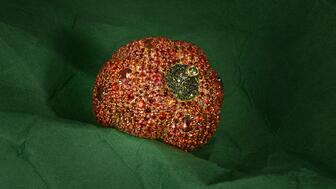
Rosior’s high jewelry cocktail ring with orange sapphires and green diamonds is the perfect Thanksgiving accessory.

The “Embrace Your True Colors” campaign features jewels with a vibrant color palette and poetry by Grammy-nominated artist Aja Monet.

Luxury veteran Alejandro Cuellar has stepped into the role at the Italian fine jewelry brand.














